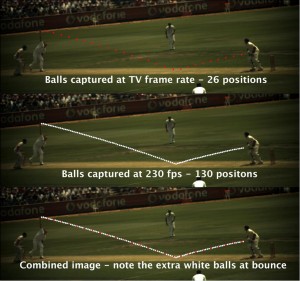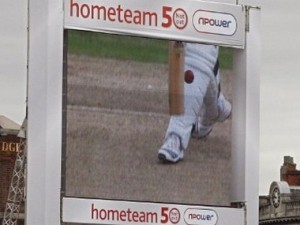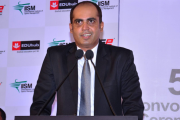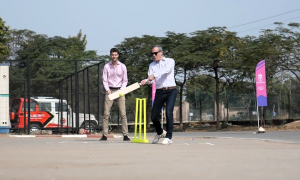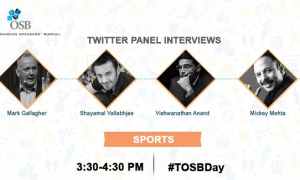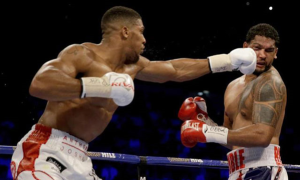The world is now such that, where more fancy, techie and lazy are what preferred at first than efficiency, effectiveness, etc,.
When an umpire raises his finger, signalling “out” to a batsmen named “Sachin Tendulkar” as Leg Before Wicket (LBW), then whoever the umpire and whatever his qualifications are, as an ardent fan and die hard Indian, the decisions were and are always termed questionable by a group of people. For them to be convinced, atleast three or four replays with good reasoning from expert to the extent of heated debate sometimes are needed. I was once belonged to this group. Not that i don’t like Sachin nowadays rather i joined a new group, from where i can enjoy watching him play even more.
At present, India (BCCI) is the persistent and strong opponent for ICC in implementing Decision Review System (DRS). Although BCCI is opposing it, if you go and do a survey all over India, then the most people will favour using DRS. The reasons will be not that DRS is accurate and efficient rather umpires are faulty. Because common people don’t just go into detail about functioning. If you advertise that x juice is good, then they will prefer it instead of healthy lemon or other fresh juices. BCCI itself knows Indian people go crazy for DRS but for once, it stood firmly for good cause.
When we talk about DRS, we are talking about all technologies it includes such as Hawk-Eye, Hot Spot, Ball tracking, Pitch map and Snicko.
When it first arrived, i was all for DRS because being a computer engineer, i always believe that technologies can be used to provide solutions to most of human errors. DRS just lured all peoples with his prediction which as a result proved someone as wrong. I read once that human’s psychology is such that it likes always to prove someone is wrong. Its of no surprise why most of peoples like DRS to be implemented. But whether DRS is correct? No. A real-time technologies used in DRS must have quality factors such as accurate, efficient, robust, effectiveness, correctness, speed and few more depending on his domain of usage. DRS don’t posses some of these necessary qualities. Barring Pitch map, remaining DRS technologies are prone to error under difficult situation and it had been even said by their inventors itself. Lighting affects Hotspot, Predicting the bounce, turn and movement of the ball after the point of impact are near impossible and this is where Hawk-Eye and Ball-tracking fails. Snicko depends on audio sound and noise comes as natural by-product.
Then what’s the solution? Give the umpire one more chance to view the ball through different kind of replays. Yeah! a simple solution that i don’t know why not even been talked. One big problem that DRS addressed is, that sometimes umpires (human mind) succumbs to human pressure (of repeated appealing, situation, etc.,). The percentage of correct decision made by umpire on their first attempt itself is 92% (DRS improved this to 96%). If they can make 9 out of 10 decisions correct on their first view, can’t they correct that one wrong decision if given one more chance to view the action again? Even if pressurized?
If players ask for review, then either let the umpires make the decision by watching the replay (slow motion, different angles, etc,.) on big screen (or a handheld device may be?) or give powers to 3rd umpire to make decision by watching replay.
We have big screen’s in almost all venues and each delivery is shown again & again repeatedly for everyone to introspect. So, all including players and umpires watch the replays in ground. If they feel some decision is wrong or what they assumed is wrong, then why can’t allow them to change their decision? This method is cost effective and also gives chance to correct the human errs by themselves.
what you think? Need DRS still?
Tags: Ball tracking, BCCI, cricket replays, Decision Review System, Hawk-Eye, Hot Spot, International Cricket Council, pitch map, Sachin Tendulkar, Snicko, Virtual Eye

